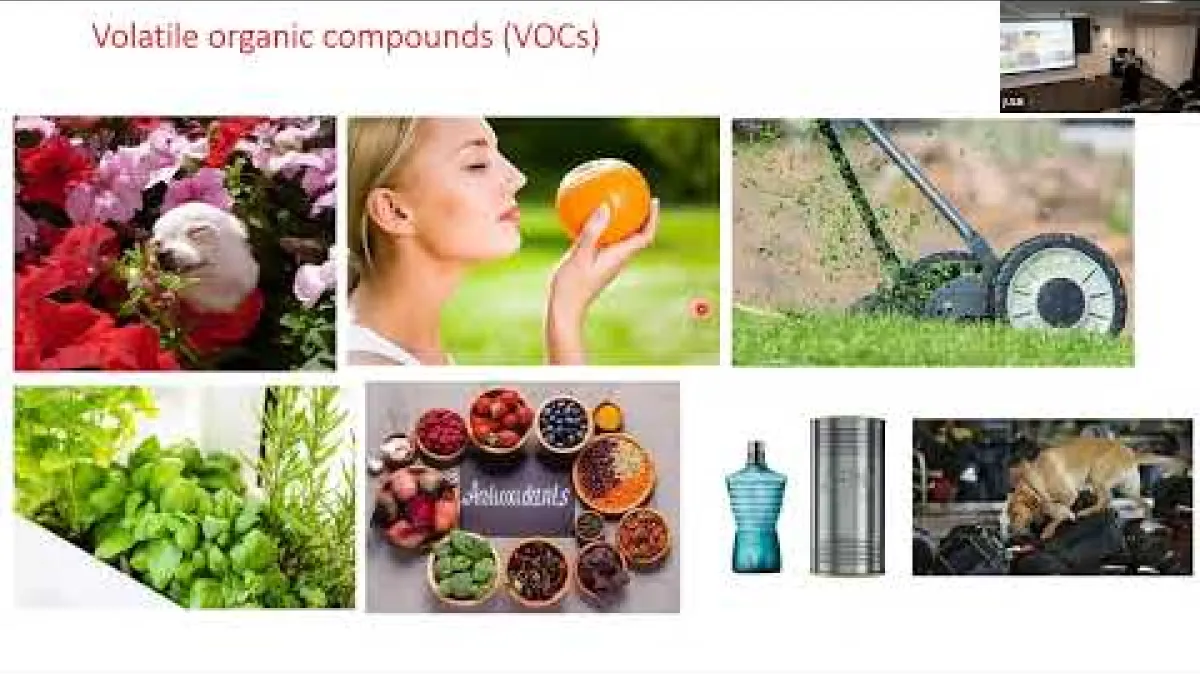PS PhD Exit Seminar - Plant Wi-Fi : volatile signals during development
As sessile organisms, plants have evolved a multitude of mechanisms to acclimate to their environment enabling the plant to optimise development and reproduction, and fight off or resist both biotic and abiotic stresses they may encounter through their life cycle.
Speakers
Content navigation
Description
Abstract: As sessile organisms, plants have evolved a multitude of mechanisms to acclimate to their environment enabling the plant to optimise development and reproduction, and fight off or resist both biotic and abiotic stresses they may encounter through their life cycle. One such mechanism is a communication system revolving around the release of volatile organic compounds (VOCs). VOCs are extensively studied but little is known about their biosynthesis pathways and their biological functions, especially during the plant development. With the aim to discover more VOCs and their roles in the plant development, the high throughput Headspace Solid Phase Micro-Extraction Gas Chromatography coupled with Mass Spectrometry (HS-SPME-GC/MS) method, previously developed in our team, was used to identify particular chemical signatures (i.e., specific complex mixtures of VOCs) depending on the tissue type the VOCs are emitted from. A second analysis will focus on the selection of VOC candidates playing a role during different stages of floral development, to link for the first time carotenoid biosynthesis pathway and floral development.
Biography: I completed my Master degree in France in 2009 and worked on the petal size in the Bendahmane group (RDP lab, France). I then moved to Perth to work on the discovery of a new herbicide mode of action in the Mylne group (UWA). Finally, I moved to Canberra to upgrade my career by starting my PhD in the Pogson lab at ANU.
Location
Please note: this seminar will be held in the Eucalyptus Seminar Room and via Zoom, details are included below.
Eucalyptus Seminar Room, Level 2, RN Robertson Building (46)
Please click the link below to join the webinar:
https://anu.zoom.us/j/81180437412?pwd=TGpmcklBV0ljY3dmZWJJSmpZRmJxZz09
Webinar ID: 811 8043 7412
Passcode: 563339

